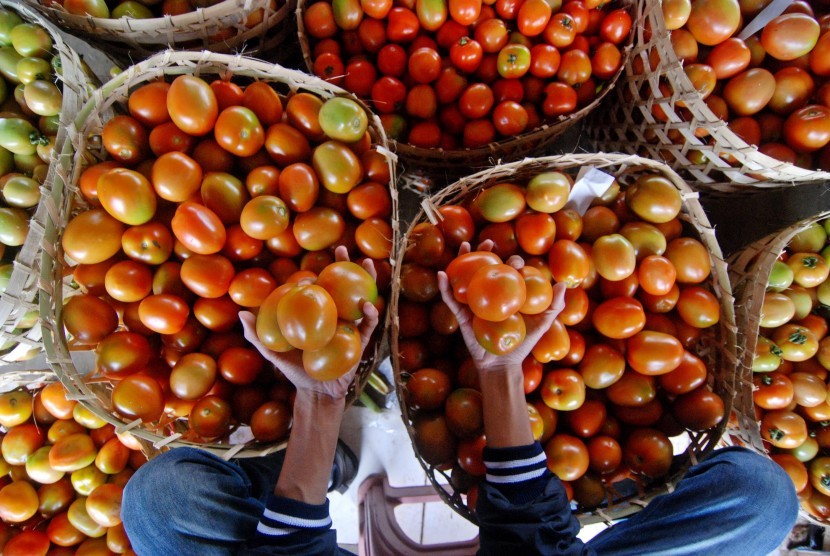REPUBLIKA.CO.ID, BANJARMASIN -- The city government of Banjarmasin in South Kalimantan continues to take steps to revitalize the traditional markets in a bid to make the city an economic gateway in the region.
Banjarmasin Mayor Ibnu Sina informed reporters here on Friday that he will make every effort to revitalize the traditional markets to boost the local economy.
He noted that Ujung Murung, which has so far been operating as a wholesale market for various types of apparel, will be revitalized.
"We are attempting to make Ujung Murung, popularly known as the Sudimampir market, a large wholesale market similar to the Tanah Abang market in Jakarta," Sina remarked.
In addition, he stated that the local government would also renovate the Antasari market, which is the largest traditional market in South Kalimantan.
Meanwhile, Hermansyah, head of the Municipal Market of Banjarmasin, emphasized that the quality of traditional markets in Banjarmasin will be continually improved through rehabilitation and revitalization activities.
Local budget funds, amounting to Rp3.5 billion, will be channeled to revitalize traditional markets such as Kekauman and Tungging.
However, he remarked that the Gadang and Jahri Saleh traditional markets, managed by the Trade and Industry Department of Banjarmasin city, will be renovated by utilizing funds from the state budget.
The busiest trading areas in the Banjarmasin city center are the Pasar Baru and Kuripan markets and some modern markets such as the Antasari Shopping Center.
The Floating Market of Banjarmasin is a traditional market located on the estuary of Kuin River, a tributary of the Barito.
From daybreak, boats carrying vegetables, fruits, other daily necessities, and household utensils set sail from villages around the rivers of Tabuk, Jelapat, Anjir, and Selapat.
Buyers and sellers throng the market in small boats and conduct their transactions on these waters.
The market carters to the daily needs of the people.
As the day proceeds, the ambience becomes more cheerful. The number of buyers increases, and more boats gather. At little past noon, the activities at the market slow down. The now empty boats then leave. The number of buyers dwindles, and finally, everything is quiet again on the river.


